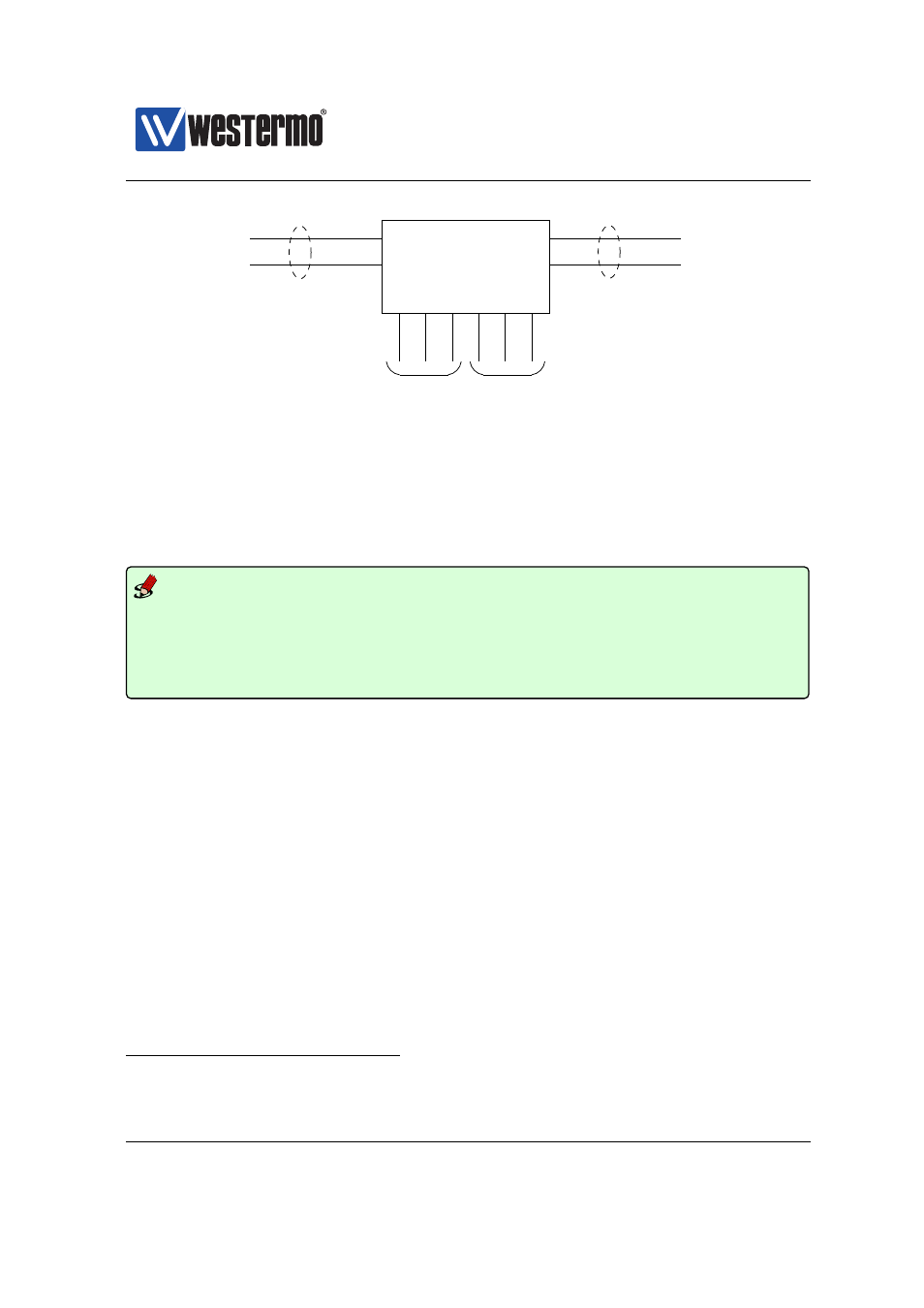Fig. 17.2 – Westermo RedFox Series User Manual
Page 368

Westermo OS Management Guide
Version 4.17.0-0
5
6
7
1
2
3
4
8
9 10
VLAN 1
VLAN 2
(untagged)
(untagged)
Aggregate "a1"
Aggregate "a2"
(tagged)
VLAN 1&2
(tagged)
VLAN 1&2
Figure 17.2: The physical ports 1-4 rather than the logical aggregates (a1 and
a2) are associated with the VLANs (VLAN 1 and 2).
Down, and the aggregate is Up when at least one of its member ports has state
Up.
Example
example:/#> configure
example:/config/#> alarm
example:/config/alarm/#> trigger link-alarm
example:/config/alarm/trigger-2/#> port a1
example:/config/alarm/trigger-2/#> end
example:/config/alarm/#>
17.1.4.3
Link Aggregation and unicast/multicast MAC learning
The MAC forwarding database (FDB, see
) holds information on
where to forward known MAC addresses. Unicast addresses are learnt dynami-
cally by looking at the source MAC of incoming packets, while multicast addresses
are typically learnt dynamically via IGMP snooping (
), or entered man-
by the operator.
When a (unicast/multicast) MAC address is learnt dynamically on a member port
of a link aggregate, all ports of the aggregate are added to the MAC address’ FDB
entry, since the link aggregation flow distribution mechanism can map traffic to
the MAC address on any member port.
In the example below, aggregate a1 consists of member ports 5 and 6, and IGMP
snooping is enabled on the VLAN the ports are associated with. An IGMP report
4
See
for CLI command to enter MAC forwarding database entries manually.
368
➞ 2015 Westermo Teleindustri AB